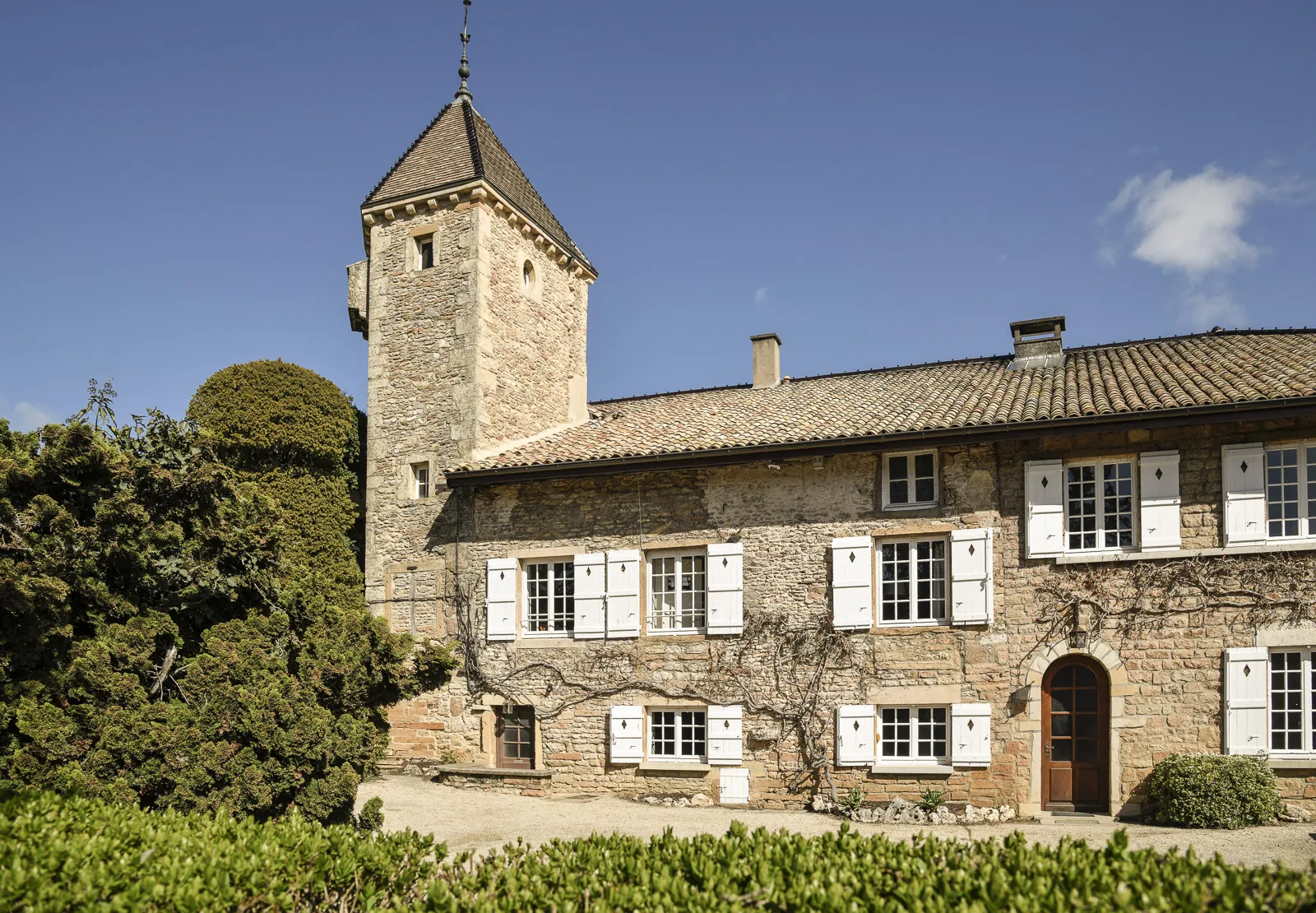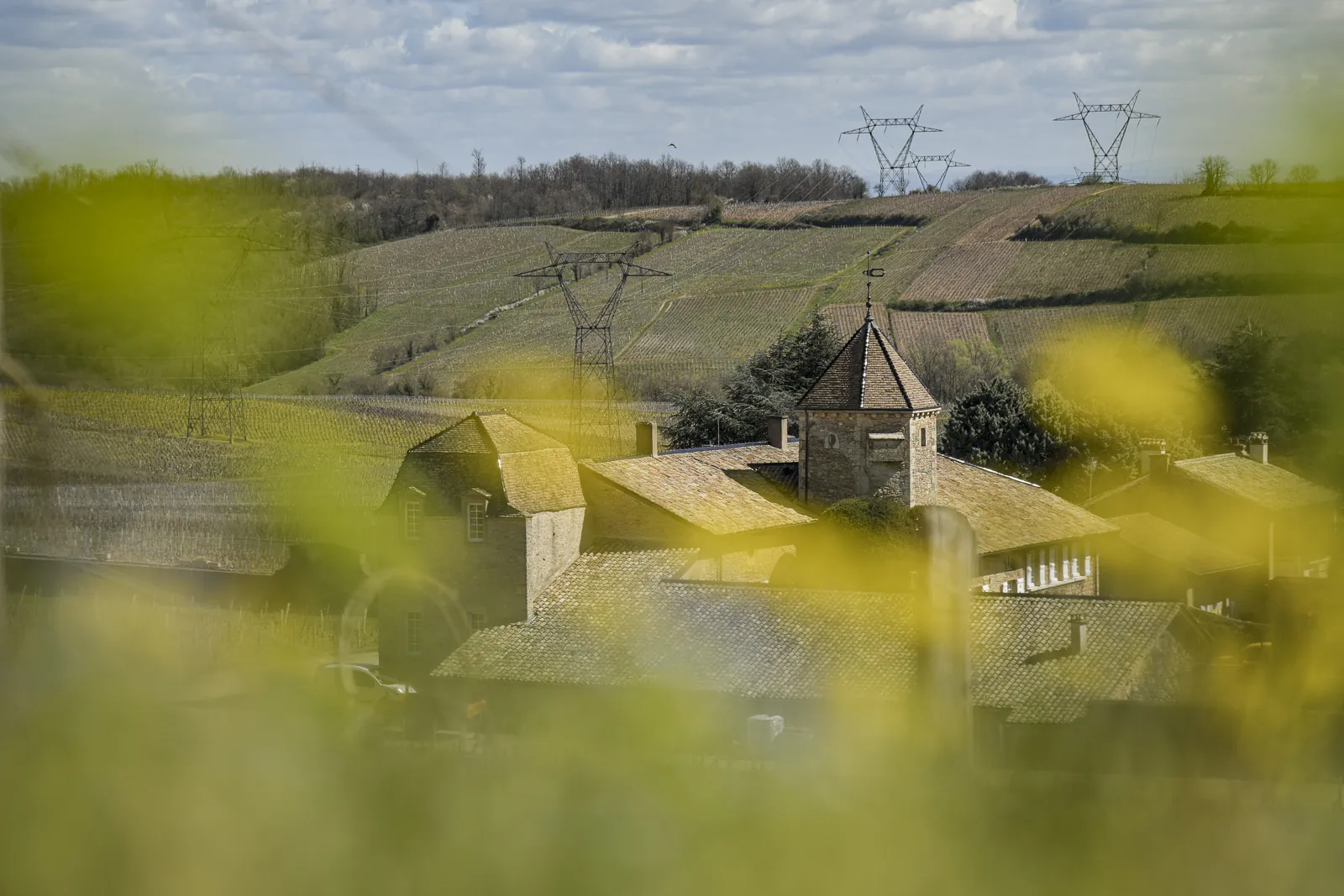Château-Fuissé
Château-Fuissé Juliénas 2020
- Château-Fuissé Juliénas 2021
- Château-Fuissé Juliénas 2019
- Château-Fuissé Pouilly-Fuissé 1er Cru “Le Clos” 2023
- Château-Fuissé Pouilly-Fuissé 1er Cru “Le Clos” 2022
- Château-Fuissé Pouilly-Fuissé 1er Cru “Le Clos” 2021
- Château-Fuissé Pouilly-Fuissé 1er Cru “Le Clos” 2020
- Château-Fuissé Pouilly-Fuissé 1er Cru “Les Brulés” 2023
- Château-Fuissé Pouilly-Fuissé 1er Cru “Les Brulés” 2022
- Château-Fuissé Pouilly-Fuissé “Les Combettes” 2023
- Château-Fuissé Pouilly-Fuissé “Les Combettes” 2020
- Château-Fuissé Pouilly-Fuissé “Tête de Cuvée” 2023
- Château-Fuissé Pouilly-Fuissé “Tête de Cuvée” 2022
- Château-Fuissé Pouilly-Fuissé “Tête de Cuvée” 2021
- Château-Fuissé Pouilly-Fuissé “Tête de Cuvée” 2020
- Château-Fuissé Pouilly-Fuissé “Tête de Cuvée” 2023
- Château-Fuissé Pouilly-Fuissé “Tête de Cuvée” 2022
- Château-Fuissé Pouilly-Fuissé “Tête de Cuvée” 2021
- Château-Fuissé Pouilly-Fuissé “Tête de Cuvée” 2020



About
Part of a family tradition, and geographically close to Pouilly-Fuissé, Château Fuissé has been operating vines in the Juliénas appellation since 2010. The granite soils, enhanced by traditional vinification, give the wine notes of finely spiced red berries.

Terroir
The vineyards are situated on the eastern side of the village of Juliénas, on the mid-slope enjoying a southern exposure. The soils are deep, well drained and composed of granite rock sediments and slate. These optimal conditions allow the exclusive Gamay varietal to express finesse, good texture and concentration.
Vinification
To respect the integrity of the grapes we prefer handpicked grapes and special care is given to the transport and conveying until the presses (whole bunch pressing). We use pneumatic presses with graduate progressive pressing (limiting rebechage), adapted to the quality and maturity of each harvest. The juice is pumped into stainless decantation tanks (débourbage). After 12 hours of static rest, we separate the clear juice from the top and eliminate the remaining depot of the tank (heavy bourbes). The clear juice goes from decantation directly into the barrels at the Château-Fuissé. We favor the wild yeast and a spontaneous start of the alcoholic fermentation. Our cellars are equipped with a control system for the temperature and the hygrometry. The choice of our barrels, their origin, and the choice of using only new barrels for this wine, remains personal and is based on our gustatory experience. Our choices vary and adapt to vineyard and vintage character. The use of barrels is associated to our typical Burgundian vinification ‘on the lees’. This practice brings the lees back in suspension (batonnage) and helps the decomposition or autolysis of the yeast cells. It brings “fatness” into the wine as well as distinctive aromas of its terroir. According to the acid/alcohol balance of the vintage and the judgment of our winemaker Antoine Vincent, our wines normally go through full malolactic fermentation. If necessary, the wines are fined with bentonite (natural clay) followed by a light filtration.